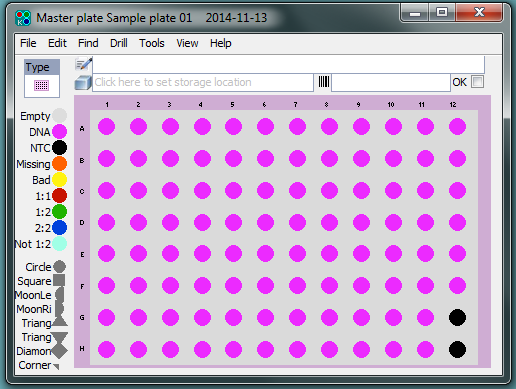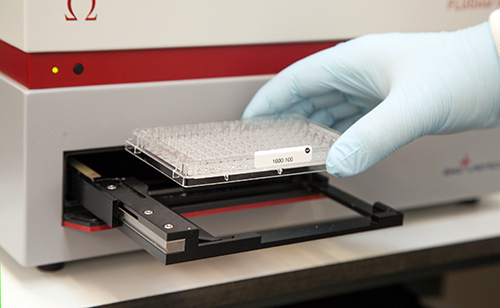Sample processing
For every NAP project run through our service laboratories, a project manager will be assigned who is responsible for ensuring that the project is processed according to customer requirements and within the required turnaround time. On a project information sheet, the project manager will specify the protocol to be used for extraction, the required buffer volumes, and any customer-specific information regarding sample elution. Laboratory staff will utilise the project information sheet in conjunction with Standard Operating Procedures to perform extraction from the samples.
Extraction in Biosearch Technologies’ service laboratories is performed using our own chemistries. Blood, buffy coat, saliva and plant samples are typically extracted using our sbeadex ™ chemistry. Where appropriate, our oKtopure ™ robotic platforms are also used.

